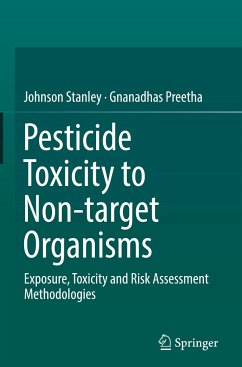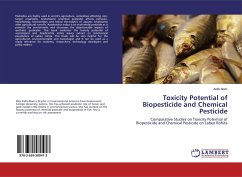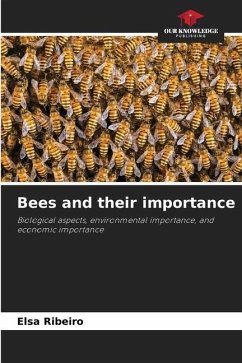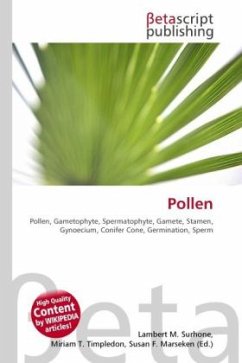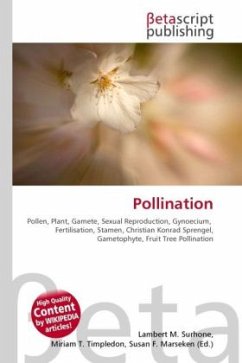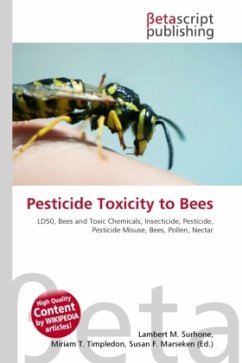
Pesticide Toxicity to Bees
Versandkostenfrei!
Versandfertig in 6-10 Tagen
26,99 €
inkl. MwSt.

PAYBACK Punkte
13 °P sammeln!
High Quality Content by WIKIPEDIA articles! Pesticides vary in their effect on bees. Contact insecticides, those which kill by touching the organism, affect the worker bee that is directly sprayed. Systemic insecticides, those that are incorporated by treated plants, can contaminate nectar or pollen, and kill bees in the hive.Dust and wettable powder pesticides tend to be more hazardous to bees than solutions or emulsifiable concentrates.Actual damage to bee populations is a function of the degree of toxicity of the compound, in combination with the mode of application; a highly potent insecti...
High Quality Content by WIKIPEDIA articles! Pesticides vary in their effect on bees. Contact insecticides, those which kill by touching the organism, affect the worker bee that is directly sprayed. Systemic insecticides, those that are incorporated by treated plants, can contaminate nectar or pollen, and kill bees in the hive.Dust and wettable powder pesticides tend to be more hazardous to bees than solutions or emulsifiable concentrates.Actual damage to bee populations is a function of the degree of toxicity of the compound, in combination with the mode of application; a highly potent insecticide applied only to the soil, for instance, would be expected to kill mainly soil-dwelling insects, such as grubs or mole crickets, and not bees.







